The International Day of the World’s Indigenous Peoples was started by the United Nations to ensure justice to the indigenous peoples of the world who suffered from historic injustices as a result of their colonisation and dispossession of their lands and preventing them from exercising their right to development in accordance with their own needs and interests. Surely the indigenous peoples in European countries like the American Continent, Africa, Australia and New Zealand, etc have undergone inhuman atrocities and were denied a dignified life. But in Bharat the situation is totally different. True to the tradition of cultural assimilation and spirit of accommodation the Bharatiya Constitution safeguards the interests of all citizens since 1950. But in the name of Indigenous Peoples Day celebration, some forces are conspiring to misguide people by equating Scheduled Tribes of Bharat with the discourse of the World Indigenous People”s Day
Rajendra Singh Markam
There are an estimated 370 million indigenous people in the world, living across 90 countries. They speak an overwhelming majority of the world’s estimated 7,000 languages and represent 5,000 different cultures.
The International Day of the World’s Indigenous Peoples, observed every year on August 9, was proclaimed by the General Assembly of the United Nations in December 1994. The date marks the day of the first meeting of the UN Working Group on Indigenous Populations of the Sub-Commission on the Promotion and Protection of Human Rights in 1982.
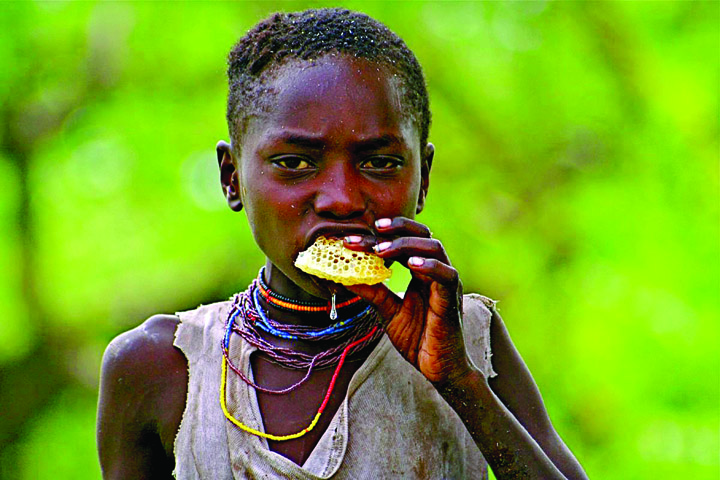
The UN Declaration-2007 is the most comprehensive international instrument on the rights of the indigenous peoples. It embodies global consensus on the rights of indigenous peoples and establishes a universal framework of minimum standards for their survival, dignity and well-being. It elaborates on existing human rights standards and
fundamental freedom, as they apply to the specific situation of indigenous peoples.
- The ‘indigenous peoples’ right to self-determination’ is a valuable instrument for the cases where they have been crushed and tormented, both historically and even at the present. However, in cases such as, Bharat, UN guideline can become an instrument of division
- While the world had to wait till 2007 for declaring that ‘indigenous people’ must enjoy human rights and fundamental freedom, Bharat in her Constitution in 1950, made legal provisions about the safeguards given to the communities, which had lagged behind
Who are ‘Indigenous Peoples’?
The same ‘UN Declaration on the Rights of the Indigenous People’, however, does not really define the term ‘indigenous peoples’. The draft resolution barely claims to identify them on the basis of many historical factors. Since historical experiences across the globe never remained one, how can the identification are done on a single yardstick.
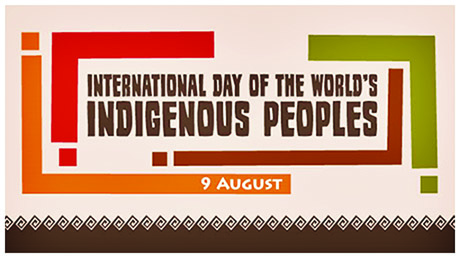
ILO Convention No. 169
Article 1(1): This Convention applies to: (a) tribal peoples in independent countries whose social, cultural and economic conditions distinguish them from other sections of the national community, and whose status is regulated wholly or partially by their own customs or traditions or by special laws or regulations; (b) peoples in independent countries who are regarded as indigenous on account of their descent from the populations which inhabited the country, or a geographical region to which the country belongs, at the time of conquest or colonisation or the establishment of present state boundaries and who, irrespective of their legal status, retain some or all of their own social, economic, cultural and political institutions.Article 1(2): Self-identification as indigenous or tribal shall be regarded as a fundamental criterion for determining the groups to which the provisions of this Convention apply.
The Declaration passed in the UN General Assembly also remarked that “indigenous peoples have suffered from historic injustices as a result of, inter alia, their colonisation and dispossession of their lands, territories and resources, thus preventing them from exercising, in particular, their right to development in accordance with their own needs and interests.” With respect to global processes such as colonisation and dispossession, people in the former colonies like Bharat become‘indigenous’ as a whole.
In a civilisation-state like Bharat, where the on-going cultural continuity and assimilation has been a characteristic feature of the identity formation, the question, such as, who are indigenous people, cannot be answered with clarity.
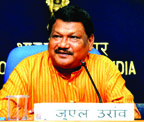
‘No Change in Bharatiya Stand’
Jual Oram Union Minister of Tribal AffairsThe Government of India”s stand on indigenous peoples in the UN forum is very clear from the day one. All inhabitants in India are its indigenous peoples and nobody came here from outside. The term, indigenous peoples, applies to the colonial nations. We support the rights of the indigenous peoples across the world and at the same time condemn all the atrocities and genocides they were subjected to by imperial forces. With this clarity in mind, India has given all the privileges, protections and rights to its Scheduled Tribe population in the Constitution itself in 1950, what the UNO intended in 2007 in its Declaration.
The official stand of Bharat on the issue of the indigenous peoples is that everyone who is living here is a ‘tribal’ or ‘indigenous’, in which some of the communities have been scheduled so that political, social, economic and judicial equality can be ensured.
ILO Convention No. 169
ILO Convention No. 169 on indigenous and tribal peoples is an international treaty, adopted by the International Labour Conference of International Labor Organization (ILO) in 1989. The Convention represents a consensus reached by ILO tripartite constituents on the rights of indigenous and tribal peoples within the nation-states where they live and the responsibilities of the Governments to protect these rights. It is based on respect for the cultures and ways of life of indigenous peoples and recognises their right to land and natural resources and to define their own priorities for development. The Convention aims at overcoming discriminatory practices affecting these peoples and enabling them to participate in decision making that affects their lives.
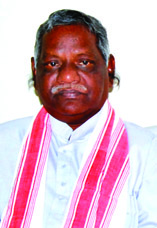
‘All Bharatiyas are Indigenous People’
Jagdevram Oraon , President, Akhil Bharatiya Vanvasi Kalyan AshramWe all the countrymen are the indigenous people in Bharat. When the resolution on indigenous peoples was passed in the UN, the Indian representative had categorically taken the same stand and that same stand has been reiterated by India at different fora. But now efforts are being made by some anti-India elements to establish that the tribals in India are the indigenous peoples.However, there is no definition of the indigenous people and even the UN has also not given any such definition. But these elements are trying to manipulate it in their own way. This is a fact that the original habitants of some countries in the American Continent, Africa, Australia and New Zealand etc were perpetuated inhuman atrocities; rather a kind of genocide was unleashed there. Hence, this Day is good initiative for them to vent out their concerns. Whatever has been mentioned in the UN Declaration-2007 about the indigenous people is seen in the Western countries. We express our solidarity with those who have been oppressed there and their concerns should be addressed by their respective governments. But nothing from the UN Declaration in this regard is applicable to our country. Even the elite-educated class, media people are not aware of these facts, leave aside our innocent Janajti people, they should be educated by the Government as well as the social leaders and their elected representatives.However, there are some issues which have to be addressed in India also. Strict action should be ensured against the forces which are trying to ruin the tribal culture, identity, beliefs and values. Also, effective work should be done to implement the Forest Rights Act and tribal welfare schemes on the ground to ensure benefits to the last persons of the tribal communities. Stern laws should be enacted to curb conversion. There should also be strict monitoring of the funds released to various tribal areas for development under various schemes, as much of the amount is not properly utilised.
Therefore, the fundamental principles of the consultation and participation constitute the cornerstone of the Convention. Further, the Convention covers a wide range of issues pertaining to indigenous peoples, including employment and vocational training, education, health and social security, customary law, traditional institutions, languages, religious beliefs and cross-border cooperation.
However, the ‘right to self-determination’ which adds itself as a culmination of these conventions stands as a misnomer vis-à-vis Bharat, where the democratic rights of the people have been safeguarded through various means.
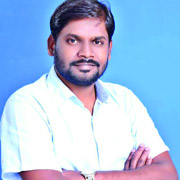
‘Indian Stand is Our Stand’
Dilman Rati Minj , Advocate, Chhattisgarh High Court, Bilaspur, Oraon TribeAny discussion on the Indigenous Peoples Day should be seen in the light of the Indian Constitution. The clause regarding self-determination in the UN Declaration 2007 goes against the very spirit of the Indian Constitution. Hence, we should look at it in the context of the stand taken by the Government of India, which says that all people living in India are the indigenous people. If we follow the Constitution, we have to follow it in totality. The UN Declaration on this issue is applicable on the Latin American countries where ethnic cleansing of the local tribes has been made. Nothing such has happened in India. It is very unfortunate that some people are trying to present the indigenouspeople day celebration in wrong context to farther their divisive agenda. The activities like Patthalgarhi are aimed at creating division in the society and these are also against the tribal culture and traditions. I don’t support any division in the name of tribal or non-tribal people in this country.
Such conventions can many times be attempts made to fixate the existing diversities of problems to standardised guidelines. For example, the ‘indigenous peoples’ right to self-determination’ is a valuable instrument for such cases where they have been crushed and tormented, both historically and even at the present. However, in cases such as, Bharat, guideline can become an instrument of dividing the country.
The 107th Plenary Meeting of the UN General Assembly (2007) passed the resolution on the ‘Rights of Indigenous People’, which emphasised in its Article 1 that, “Indigenous peoples have the right to the full enjoyment, as a collective or as individuals, of all human rights and fundamental freedoms as recognized in the Charter of the United Nations, the Universal Declaration of Human Rights and international human rights law.” However, while the world had to wait till 2007 for declaring that ‘indigenous people’ must enjoy human rights and fundamental freedom, Bharat in her Constitution after 1950, made legal provisions about the safeguards given to the communities, which had lagged behind in the socio-economic and political development.
‘The word ‘Adivasi’ itself is wrong’
Shantaram Siddi, Leader Siddi Janajati, Karnataka, Siddi Tribe“When we were brought to Goa from Bantus of Southeast Africa by the Christian Missionaries we were treated worse than slaves. Our forefathers were hoarded into ships like cattle and brought to the shores of India to work for them doing menial labour in inhuman conditions. Not just physical torture, they were also subjected to mental trauma. Siddis were also forcefully converted to Christianity. It is to escape conversion and ill-treatment, they escaped from Goa. Historical records say that many Siddis fought against the British during the first war of independence. Bastain and Benove from Punsolo, near Dandeli were part of Rani Chennamma’s army who fought against the British after her capture and eventually lost their lives in another battle. There are talks of observing International Day of Indigenous Peoples all over the world. I feel the word ‘Adivasi’ itself is wrong. We must use words like Janjati, Budakattu, Girijana or Parishishta Pangada, which better reflects our status and ethos. Adivasi was coined as a conspiracy to divide us and separate people from each other. We are all one people.
Similarly, unlike Article 2 of the UN Declaration, we need not underline the fact that ‘indigenous peoples’ and individuals are free and equal to all other peoples and individuals. The Constitution made provisions for equality in rights and the basis of citizenship was not classified with provisions for ‘indigenous people’ because there was no need for the same.
Case of Bharat
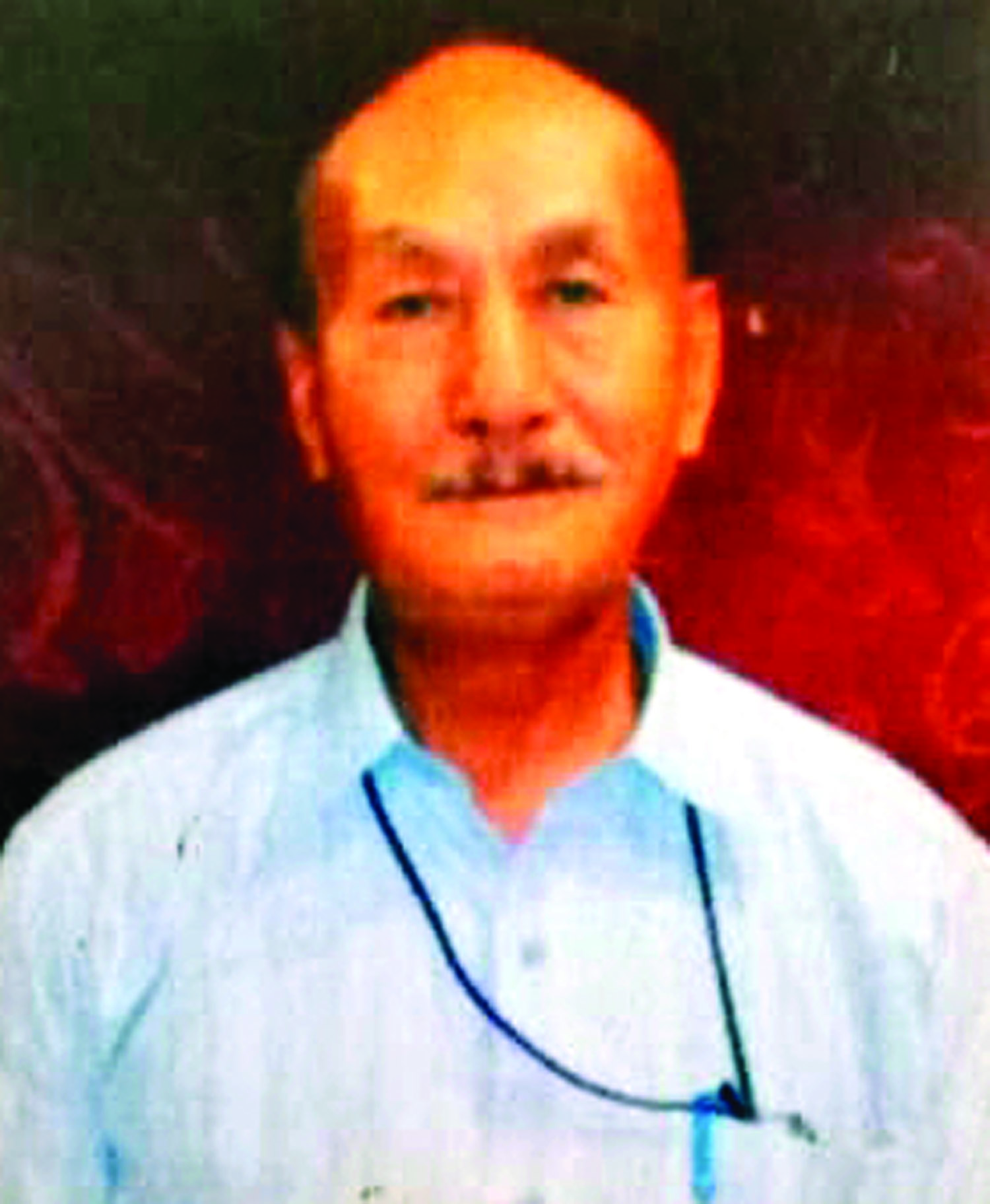
‘It is not our Day’
Jaleshwar Brahm, Chairman, Janjati Faith & Culture Protection Forum, BodoTribeThe International Day of Indigenous Peoples has nothing to do with us. It is not our day. Nobody in India has come from outside, we all are indigenous. This is what the Government of India had officially said at the UN itself in 2007. We stand by this stand of the Government of India. We condemn the atrocities committed on the indigenous people in the European countries and also extent our moral support to the activities being taken to restore their identity and culture.
India is a federal republic with a parliamentary form of Government. The Indian polity is governed by the Constitution, which was adopted on November 26, 1949. India has a population of over 1 billion and ranks right after China as the second most populous country in the world. India was one of the first nations to ratify the ILO Convention on Indigenous and Tribal Population, 1957 (No. 107) in September 1958.
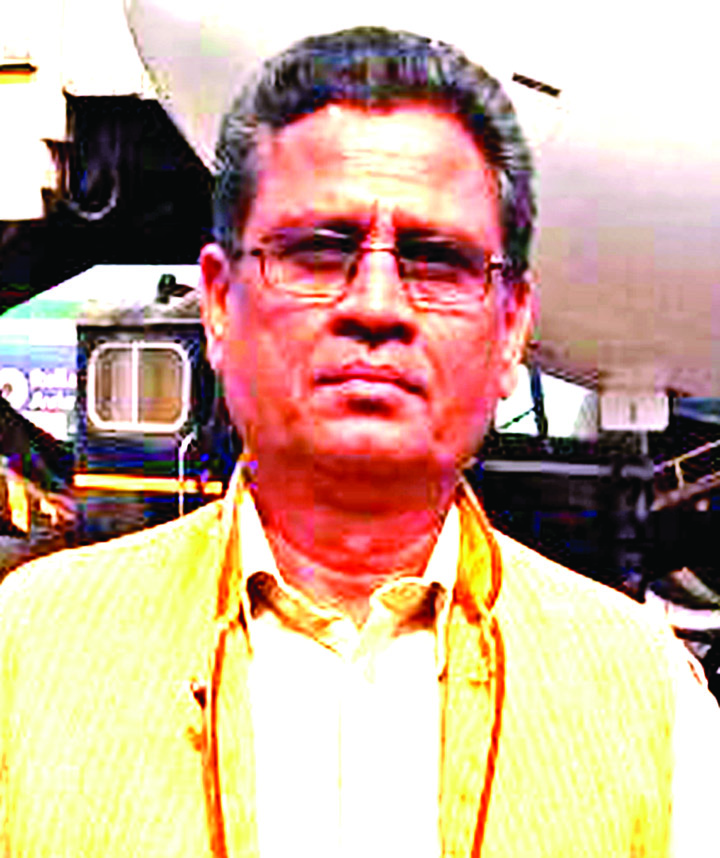
‘What they demand today, has been granted to us in 1950’
Ramchandra Kharadi, Retired Rajasthan Administrative Service officer, Bhil TribeHow the Europeans committed atrocities on the local people in their respective countries and made all efforts to eliminate them completely is not the case with India. They either deserted them or converted into Christianity. There are demands to rehabilitate those original inhabitants to their respective areas. A 14-member Indigenous Forum has also been created by the UN for this objective. None of the member in that Forum is Indian, whereas 25 per cent of the world’s total tribal population resides in India. A fund has also been created for their rehabilitation. Seventeen Latin American countries have been helped from that fund, but nothing to India. The rights which are being granted to the indigenous people in European countries now have been granted to the tribals in our country in 1952 itself. The original tribal culture and identity have been ruined there, while our Constitution protects them. Hence, if any day has to be observed in India that should be in the memory of our own tribal heroes, who fought countless battles against the Britishers and the Mughals.
However, it has not ratified Convention No. 169, which revised Convention No. 107. The Government of India has contested the use of the term “Indigenous Peoples” for a particular group of people, saying that all citizens are indigenous to Bharat, and it has preferred to use the term “Scheduled Tribes”. The 2001 census puts the number of persons belonging to Scheduled Tribes at 84.3 million, constituting 8.2% of the total population. The Anthropological Survey of India has identified 461 tribal communities in India, while other estimates of the number of tribes living in India reach up to 635. Article 366(25) of the Constitution of India refers to Scheduled Tribes as those communities who are “scheduled” 1) in accordance with Article 342 of the Constitution through a declaration by the President. Scheduled Tribes tend to live in specific areas and the Constitution of India recognizes these as “Scheduled Areas”. The Lokur Committee, an advisory committee set up in 1965 to revise the lists of Scheduled Castes and Scheduled Tribes, defined the characteristics 2) of a community to be identified as Scheduled Tribes as: (a) primitive traits; (b) distinctive culture; (c) shyness of contact with the community at large; (d) geographical isolation; and (e) backwardness – social and economic.
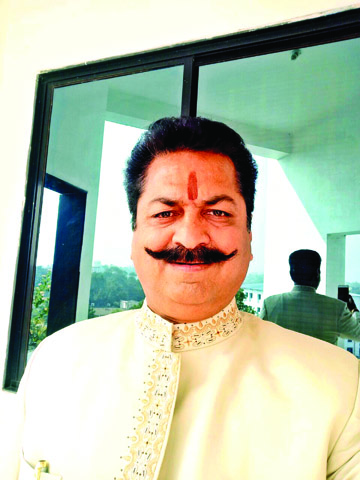
‘Declare June 9 as Rashtriya Ekatmata Diwas’
Dr Sandip Dhurve, former MLA, Nagpur, Gond TribeThe foreign aggressors whether the Mughals or the British always followed the policy of divide and rule in India. A strong Christian lobby is working behind the celebration of the Indigenous Peoples Day. They still want to divide the people of India. Compare to the European countries like Australia, Latin America etc, India has never witnessed the genocide of tribals. If we have to celebrate any day in India that has to be observed in the memory of our own freedom fighters and warriors who fought against the Britishers. June 9 is the martyrdom day of Birsa Munda. That day should be observed as Rashtriya Ekatmata Diwas all over the country and the government should declare national holiday also on that day. Birsa Munda should also be honoured with the Bharat Ratna posthumously.
The list of Scheduled Tribes is area-specific and therefore a community declared as a Scheduled Tribe in one state need not be so in another state. For example, the Santhals living in Assam do not have access to the benefits as Scheduled Tribes, which are accorded to the Santhals in Jharkhand, Orissa and West Bengal.
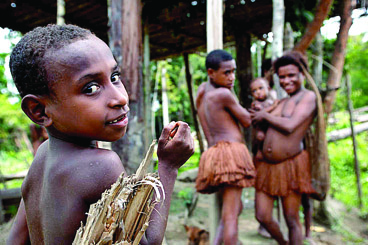
ILO Convention No 169 Article 33 states that “the Governmental authority responsible for the matters covered in this Convention shall ensure that agencies or other appropriate mechanisms exist to administer the programmes affecting the peoples concerned, and shall ensure that they have the means necessary for the proper fulfilment of the functions assigned to them.”

These programmes shall include: (a) the planning, co-ordination, execution and evaluation, in co-operation with the peoples concerned, of the measures provided for in this Convention; (b) the proposing of legislative and other measures to the competent authorities and supervision of the application of the measures taken, in co-operation with the peoples concerned.
However, as it is being persistently pleaded that the convention actually doesn’t take past experiences into the account and present form of governance in a country. In a country like Bharat, which was colonised for long as a whole, and which implemented a Constitution in 1950, long back the UN draft resolution came into existence, such global ‘from the top’ discourse and dictate is unacceptable. The whole Bharatvasis are ‘tribals’ in a way, there are no mool nivasis here!
(The writer is a retired Survey Officer, Geological Survey of India)


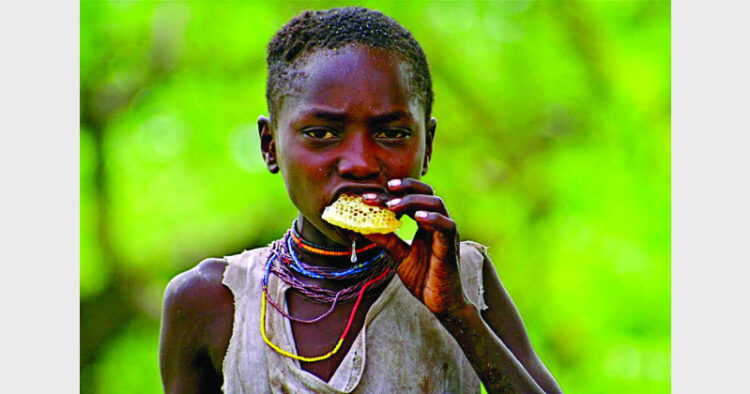










Comments